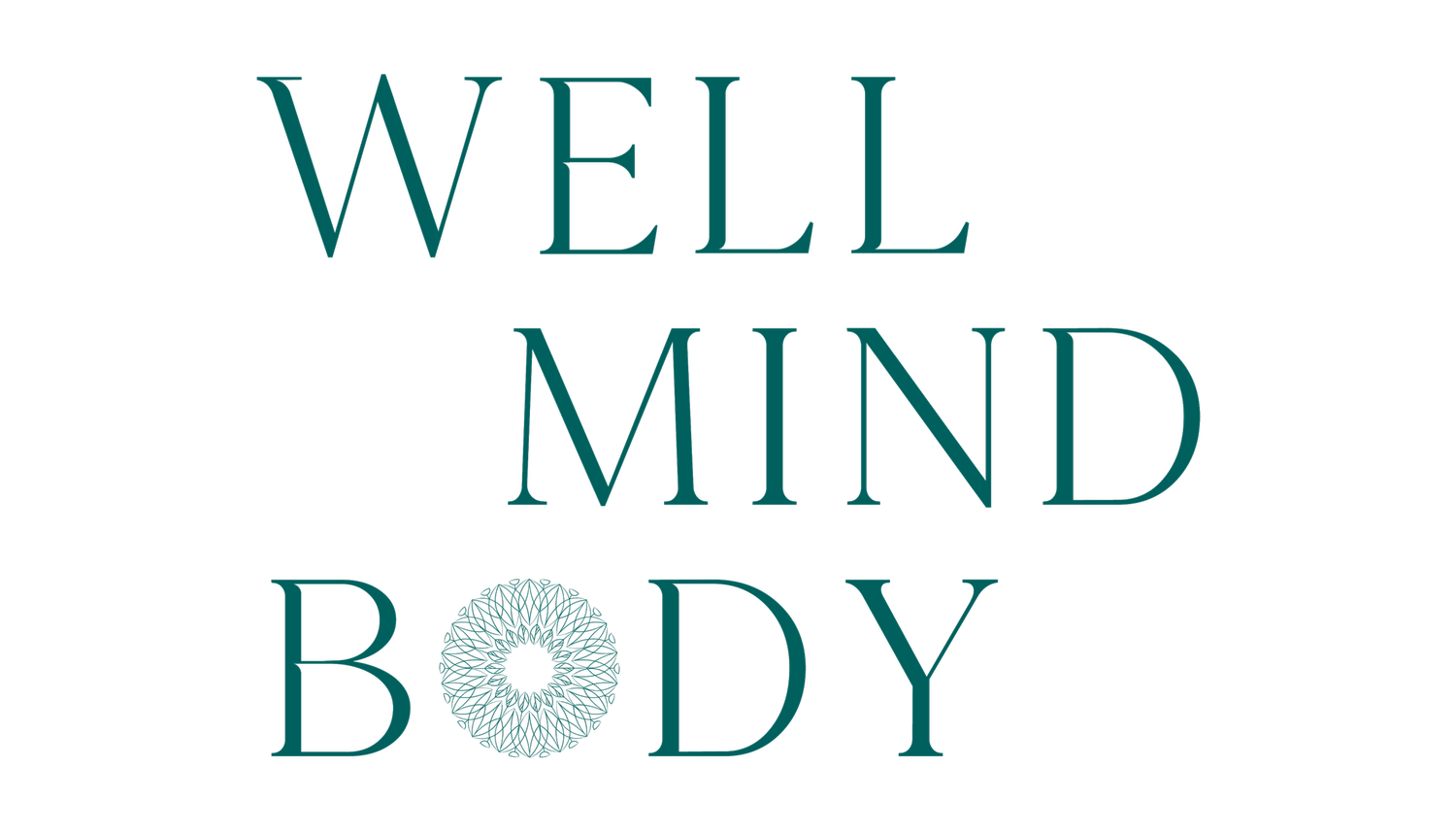All-or-Nothing Thinking: A Trauma Response in Disguise
Have you ever caught yourself saying, “If I can’t do it perfectly, I might as well not do it at all,”, “If they don’t love me completely, they must not care about me at all” or “Well I tried something once and I didn’t like it so it must not be for me”? This kind of all-or-nothing thinking (also known as black-and-white thinking) is more than just a mindset—it’s often a trauma response.
What Is All-or-Nothing Thinking?
All-or-nothing thinking is a cognitive distortion where we see things in extreme, binary terms: good or bad, success or failure, safe or unsafe. There’s no room for nuance, flexibility, or the in-between. This pattern can show up in relationships, work, self-worth, and even daily decision-making.
While perfectionism, anxiety, or rigid beliefs can all contribute to black-and-white thinking, trauma plays a major role in why the brain learns to process things this way.
How Trauma Shapes Black-and-White Thinking
Trauma—especially when it occurs in childhood or repeatedly over time—teaches the brain that safety depends on predictability and control. When the nervous system has been wired for survival, seeing things in shades of gray can feel too risky. Here’s why:
Survival Mode and the Brain’s Need for Certainty
• Trauma activates the amygdala (the brain’s alarm system), making us hyper-aware of danger. When we’ve experienced unpredictable or harmful situations, our brains try to make sense of the world in the simplest way possible: safe or dangerous, right or wrong, worthy or unworthy.
• This mental shortcut helps us survive, but it doesn’t always help us thrive.
The Nervous System’s Protective Mechanism
• When the nervous system has been stuck in fight, flight, freeze, or fawn, it prioritizes quick decision-making over nuanced thinking.
• If past experiences taught us that love was conditional, mistakes led to punishment, or inconsistency meant danger, then our brain holds onto black-and-white rules to avoid repeating past pain.
Perfectionism as a Trauma Response
• Many trauma survivors develop perfectionist tendencies because the stakes feel high. If they can’t do something perfectly, they fear failure, rejection, or even harm.
• All-or-nothing thinking often hides behind perfectionism, making people believe that if they can’t meet impossible standards, they shouldn’t even try.
Self-Worth Becomes Conditional
• Trauma can lead to an internalized belief of “I’m only good if I’m perfect.” If love and approval felt inconsistent in childhood, a person might struggle to feel worthy unless they’re doing everything just right.
• This can manifest in self-talk like “If I make a mistake, I’m a failure,” or “If they don’t love me unconditionally, they must not care at all.”
Breaking Free from All-or-Nothing Thinking
Healing from trauma means retraining the brain to recognize the in-between. Here’s how:
Build Awareness
• Start noticing when black-and-white thinking shows up. Ask yourself: Is there another perspective here? Could both things be true at once?
Regulate the Nervous System
• Since trauma wires the brain for survival, practicing grounding techniques (like breathwork, movement, or co-regulation with safe people) can help shift out of survival mode.
• The more we regulate, the more we can tolerate uncertainty and nuance.
Practice “Both/And” Thinking
• Instead of “I’m either a success or a failure,” try “I did my best, and I’m still learning.”
• Instead of “They either love me or they don’t,” try “They care about me, even if they don’t always show it the way I need.”
Challenge the Inner Critic
• Ask yourself: Would I talk to a friend this way?
• Reframing self-talk with compassion and flexibility helps rewire the brain for a more balanced view of reality.
Embrace Imperfection as Safety
• Trauma makes us feel like perfection is the only way to stay safe. But real safety comes from self-trust, adaptability, and connection, not from rigid rules.
All-or-nothing thinking isn’t just a bad habit—it’s a survival strategy that has served and protected you in some way. But now, it might be keeping you stuck. Healing means learning to hold space for both the messy and the beautiful, the wins and the lessons, the certainty and the unknown.
You are not just good or bad, worthy or unworthy, a success or a failure. You are a complex human who’s lived experiences matter.
Here at Well Mind Body we understand how trauma can shape our lives. We are here to help you work through challenges that you may be experiencing in an empathetic and compassionate way. Healing from trauma is not something you are required to do alone. If you are suffering, please reach out to a mental health professional for help.
Thanks for being here,
Dr. E
